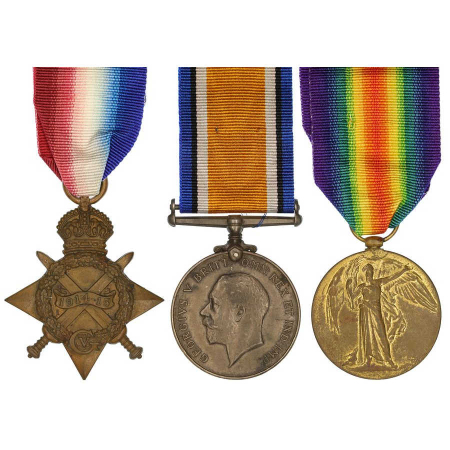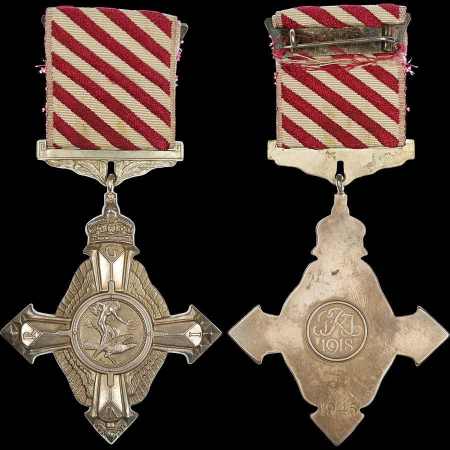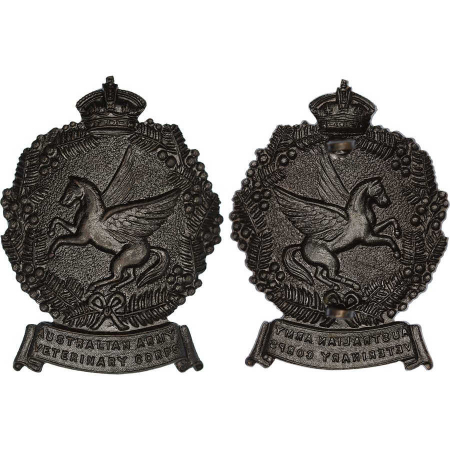Description
Crimea Medal 1854, officially impressed to “H. LAWRENCE 41ST REG.”. VICTORIA REGINA, Diademed Head of Victoria left, date below / CRIMEA, Roman Warrior stands forward, head turned right, being crowned with a laurel wreath by winged Victory.
Henry Lawrence was born at Mollington, Oxfordshire, and at the age of 27 attested for the British Army on the 7th December 1854, enlisting as Private 3705 of the 41st (Welch) Regiment at York. At the time of his attestation, the 41st had spent much of the past month recovering from the Battle of Inkerman which was fought on the 5th November – the casualties for the day totalled 5 officers and 34 other ranks killed, with 6 officers and 91 other ranks wounded. Despite this, casualties for the opposing Russian forces were considerably heavier, and for their efforts the 41st Regiment of Foot earnt its second battle honour for the Crimean War.
A bitter 1854-55 Crimean winter and a series of back-and-forth trench warfare had yielded very limited progress to the British war effort in capturing Sebastapol; following Inkerman, Russian forces realized the war would not be won in the field, opting to defend from within the city. Henry Lawrence arrived in the Crimea on the 16th June 1855, presumably after several months of training, and was en route to Sebastapol at the time of the Allied force’s second offensive on the Great Redan on the 17th and 18th June where they saw heavy casualties. Later, on the 5th September, the Allied force, currently 60,000 strong, started their last and most severe bombardment of the fortress; three hundred and seven cannons fired 150,000 rounds over the course of several days, resulting in Russian casualties of 2,000 to 3,000 daily.
The third day, the 8th September, saw the French forces begin the Allied attack, advancing on the Malakoff and Little Redan. After initial success by the 2nd French Corps, the flag of St. George was raised over the Mamelon, signalling the British forces to begin their third and final offensive on the Great Redan. The 41st (Welch) Regiment of Foot was attached to the 2nd Brigade, 2nd division of the Assault force, and was led into the assault by Brigadier General Charles Windham, who is now known as the ‘Hero of the Redan’. During the charge on the 8th September, Henry Lawrence was amongst the 41 men of the 41st Regiment killed in action, 6 of which were officers, and as well as these casualties were 125 wounded, resulting in a total loss for the 41st higher than the Battle of Inkerman fought in the previous year. Despite unsuccessful efforts by the British, the French forces managed to maintain control of the Malakoff redoubt, making the Russian defensive position untenable and ultimately winning the war.
Across the whole Crimean War, the 41st (Welch) Regiment of Foot lost 10 officers and 145 other ranks killed in action, 15 officers and 436 wounded, 3 officers and 391 men died of disease, and 16 men were reported missing, presumed dead. The regiment earnt battle honours for Alma, Inkerman, siege of Sevastopol, and those who fell are commemorated on a memorial plaque, situated within the Regimental Chapel at Llandaff Cathedral.
Ex. The late Colonel Dudley Thornton Collection.
A scarce Crimea medal to a Private killed in action during the last British offensive of the Crimean War, although lacking personal service details, the story of Henry Lawrence is clear and significant as such. Medal hair-lined and previously polished, otherwise good Very Fine.
![H. LAWRENCE. Crimean Medal, 41st REG. KIA [WM211E-2] - Image 2](https://colonialcoins.com.au/wp-content/uploads/2021/09/13-Henry-Lawrence-1.jpg)





